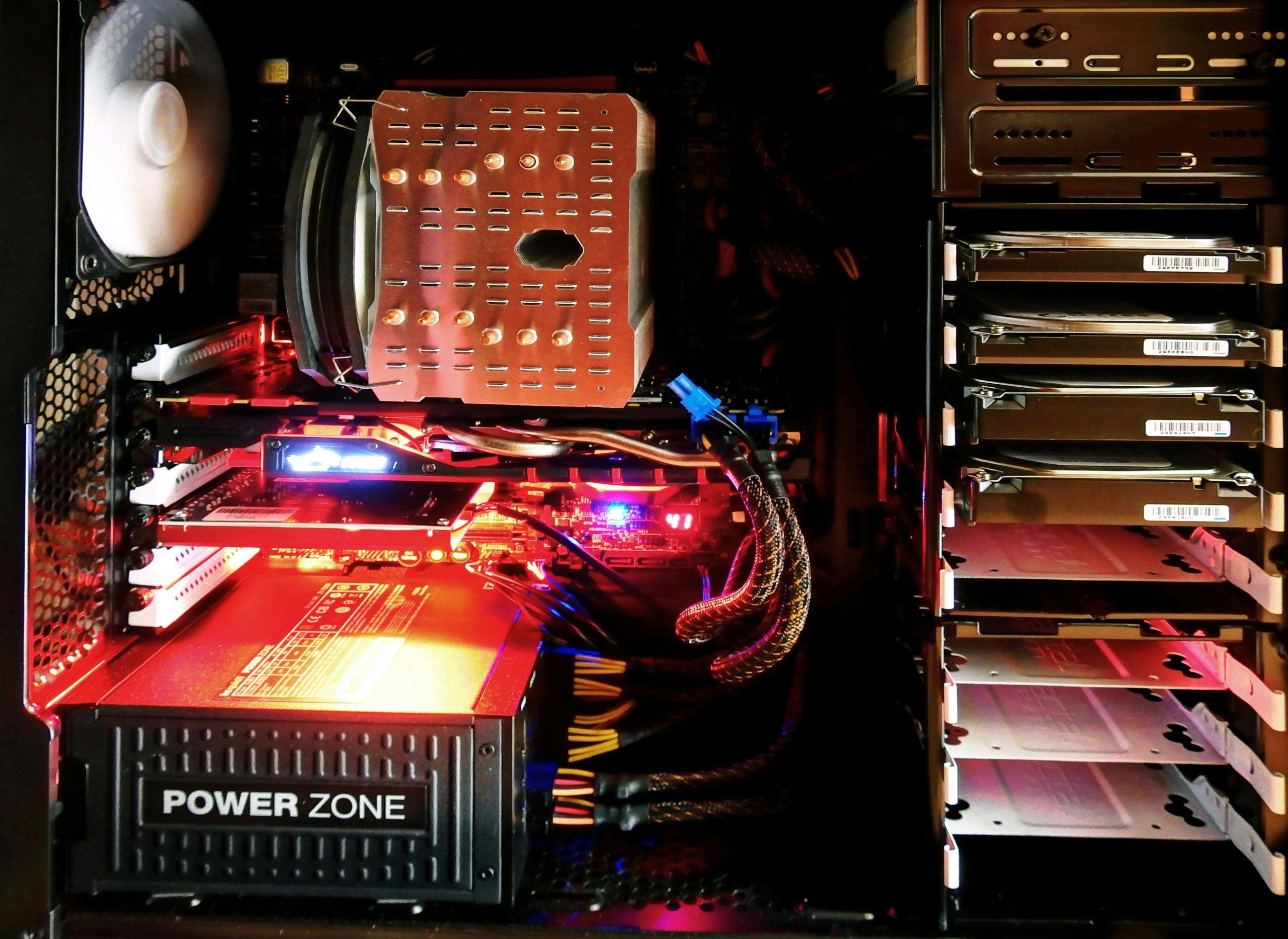Understanding Sudden SSD Recognition Failures and System Errors: A Diagnostic Guide
In recent years, Solid State Drives (SSDs) have become the preferred storage solution for many users due to their speed and reliability. However, even the most robust systems can encounter unexpected issues. This article explores a common scenario where an SSD suddenly becomes undetectable in Windows despite being visible in BIOS, accompanied by system errors and program malfunctions.
Case Overview
The user installed a new SSD approximately two days prior to experiencing issues. Initially, the system operated normally. However, after attempting to open a program, the user noticed that mouse clicks on the taskbar were unresponsive. A system restart was performed, which resulted in prolonged boot times and intermittent freezes at the Windows loading screen. Occasionally, Windows displayed messages indicating errors requiring a restart. Despite successful quick restarts, the SSD was absent from Device Manager and Disk Management tools, although it remained identifiable in BIOS.
Symptoms Summary:
– SSD visible in BIOS but not in Windows
– Difficulties booting Windows, including freezing and error messages
– Certain programs (e.g., Discord, some games) failing to launch
– No detected hardware issues in BIOS, suggesting possible Windows detection problems
Potential Causes and Diagnostic Steps
- Connection and Hardware Checks
- Physical Connection: Power down the system and verify that the SSD’s SATA/SATA power cables are securely connected. Slight disconnections can cause detection issues.
- Port Testing: Try connecting the SSD to different SATA ports or using different cables to rule out port or cable faults.
-
BIOS Settings: Ensure that the SSD is enabled in BIOS and that settings such as SATA Mode (AHCI/RAID) are correctly configured.
-
Software and Driver Troubleshooting
- Device Manager Inspection: Check if the SSD appears with any warning symbols. If it appears with errors, consider updating or reinstalling storage drivers.
- Disk Management: See if the SSD is listed but perhaps uninitialized or without a drive letter. If uninitialized, you might need to initialize the disk—be cautious if data recovery is a concern.
-
Windows Updates: Ensure your OS is up to date, as updates often include fixes for hardware detection issues.
-
File System and Data Integrity
- Run Diagnostic Tools: Use tools like CrystalDiskInfo or manufacturer-specific utilities to assess the health of your SSD.
- Check System Files: Run
Share this content:



